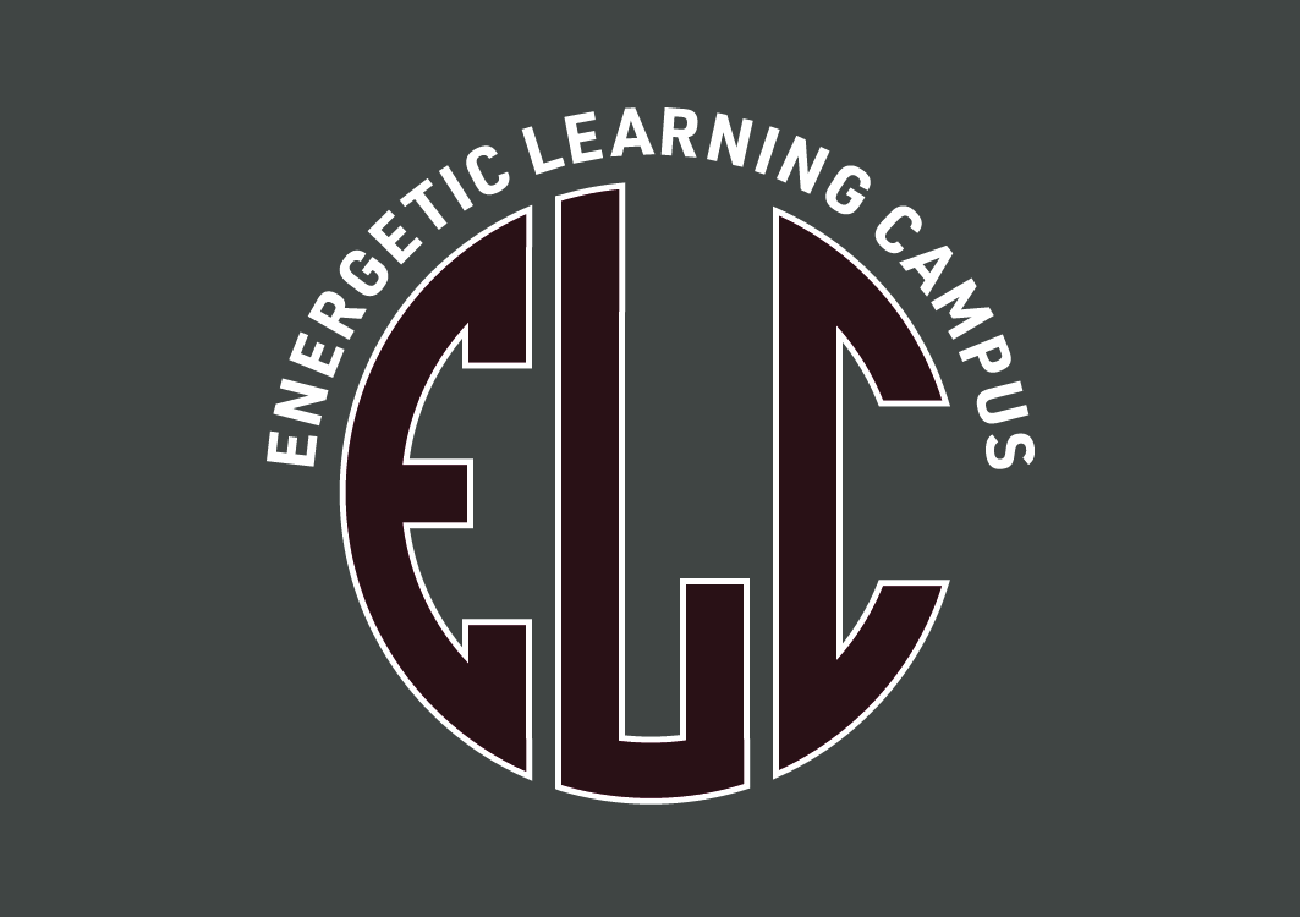How the ELC came to be
The Energetic Learning Campus or ELC actually came about through funding for full day kindergarten!
School District 60 in 2010-2011 reconfigured in town schools to K-6, 7-9, and 10-12 grades. This involved moving the grade 7s to the Jr. High’s which are now middle schools, and moving all grade 10s to NPSS.
This has resulted in more room in the elementary schools to accommodate full day kindergarten. This wasn’t the reason that we made the reconfiguration but the timing was fortunate. Rather it came from a Today & Tomorrow process that took place in 2008-2009. All members of our learning communities were able to take part in numerous World Cafe conversations about the Root Causes of Success. From this process it was decided to reconfigure grades amongst many other initiatives in district. We were fortunate that the ball was rolling on the reconfiguration as we would not have had any space in most of our elementary schools to accommodate full day K.
Elsewhere in the province, schools are receiving modular classrooms to accommodate the increases due to full day K. For school district 60 we were able to show that the need would be for space for our high school as we are currently running on a flexible timetable with a variable lunch to allow for the extra students in the building. Even with this we will receive some modular classrooms at elementary schools with large and growing enrolment.
The Pomeroy Sport Centre provided an excellent opportunity for partnerships with the City of Fort St John and School District 60. 12,000 square feet of space which already has walls and a ceiling underneath the long track speed skating rink will allow for the ELC to be up and running in September of 2011. The City also benefits through a long term 30 year lease agreement for a value of 1.3 Million dollars.
Students at the ELC will be able to use the sporting facilities in the Pomeroy Sport Centre for physical fitness and projects that could incorporate fitness, science, math and humanities as part of a Project Based Learning model (links on PBL) that will be employed in the ELC. Curriculum will be blended and it will not look anything like a traditional school which has the regular classrooms, periods, and bells. Keep tuned to our website for news to come.
ELC Philosophy
Personalization
Each student at ELC has a staff advisor, who monitors the student’s personal and academic development and serves as the point of contact for the family. Students will pursue personal interests through projects. They will compile and present their best work in personal digital portfolios. Students with special needs will receive individual attention in a full inclusion model. Facilities are tailored to individual and small-group learning, as well as classroom instructional learning of the core subject fundamentals.
Adult World Connection
ELC students will experience some of their best learning outside the school walls connecting with local experts in the field of study the student is researching. Students may “shadow” an adult through a workday, perform community service in a group project, or engage in “power lunches” with outside adults on issues of interest. The ELC facility itself will have a distinctive “energetic” feel, with windowed rooms, small-group learning and project areas, laboratories equipped with the latest technology, and common areas where artwork and prototypes are displayed. The ELC open learning space along with the Pomeroy Sports Centre facilities provides a natural environment for healthy living and learning.
Common Intellectual Mission
Energetic Learning Campus curriculum is rigorous, providing the foundation for success at the secondary and university levels. Assessment is performance-based: all students develop projects, solve problems, and present findings to community panels. All students are required to set goals through an advisor to obtain personal academic success. Each student will produce a personal digital portfolio. Teacher teams will have ample planning time to devise integrated projects, common rubrics for assessment, and common rituals by which all students demonstrate their learning and progress toward graduation.
Teacher as Designer
Energetic Learning Campus teachers work as an interdisciplinary team to develop the program. The schedule will accommodate team teaching, common planning time, project-based learning, work-based learning, and other regular interaction with the outside world. The teachers are committed to creating a curriculum that will meet the needs of the 21st century student.

